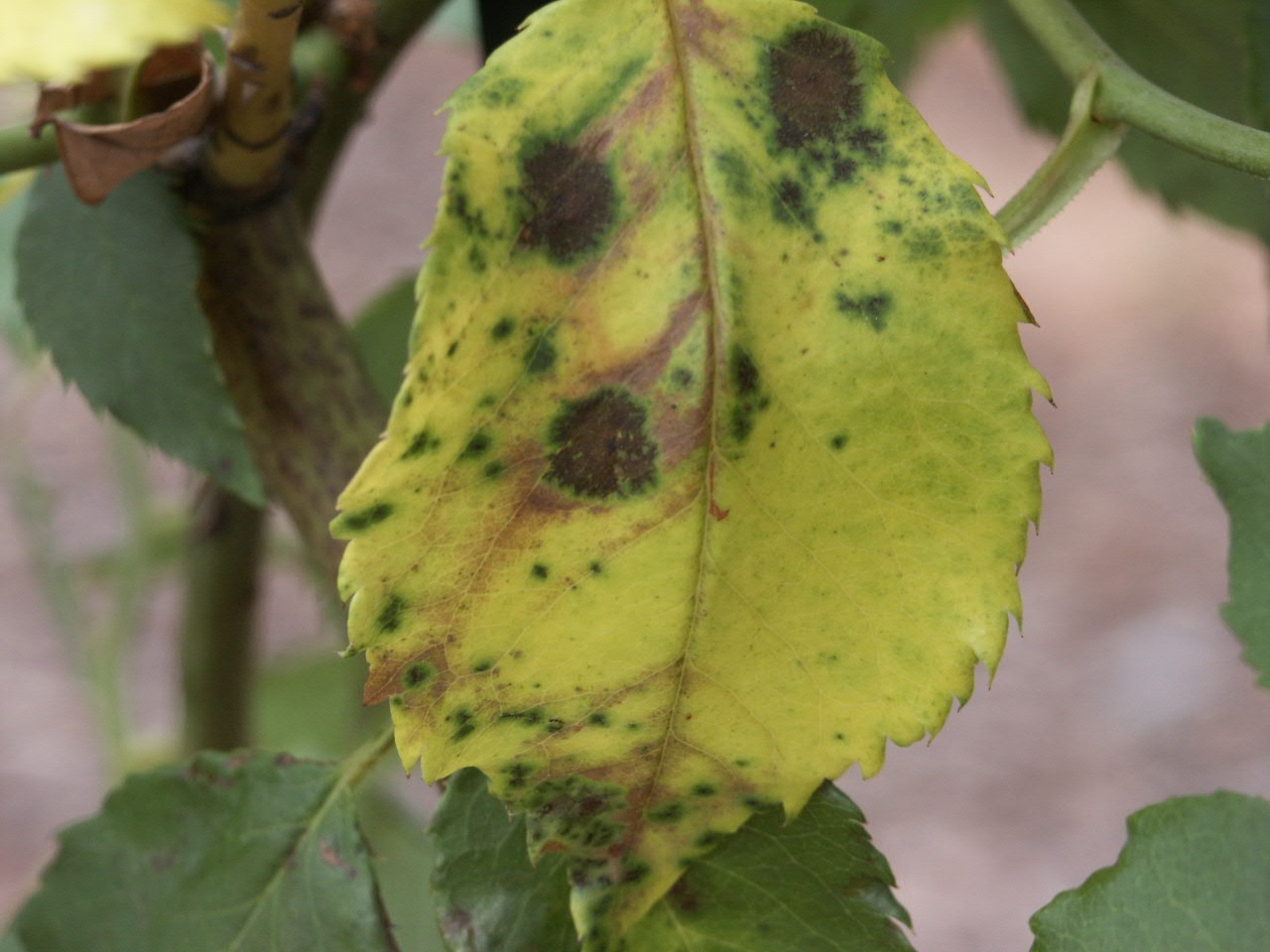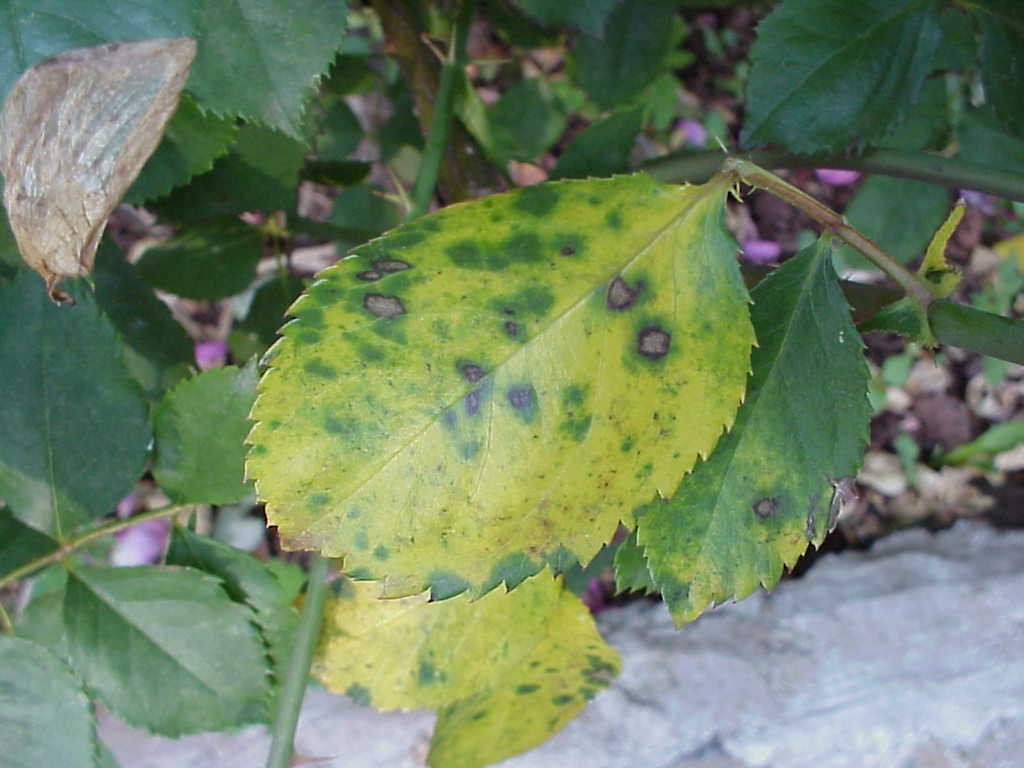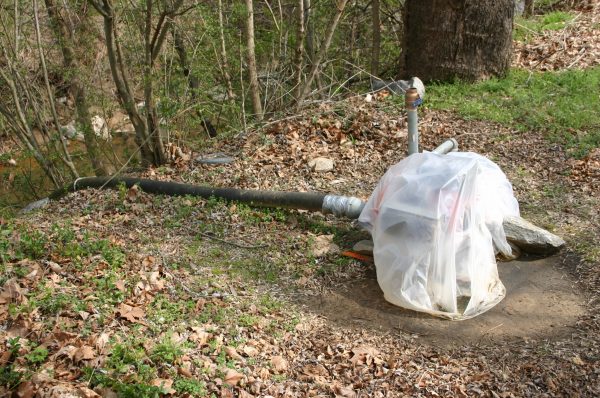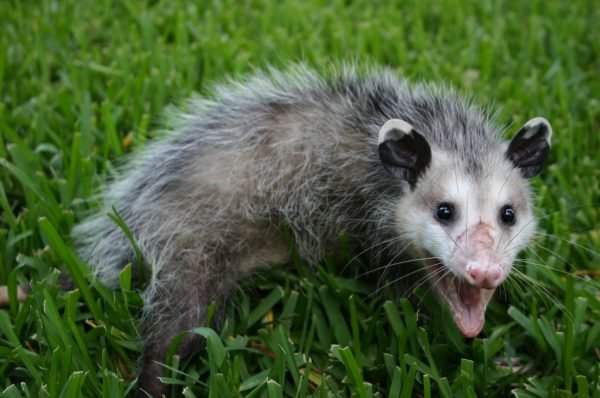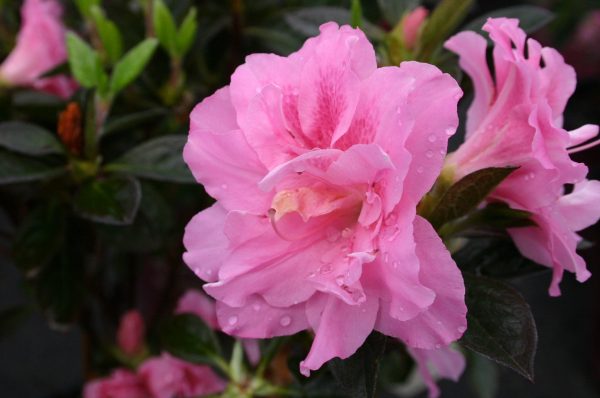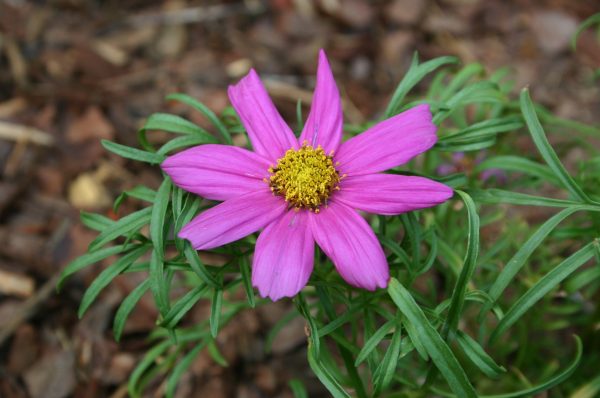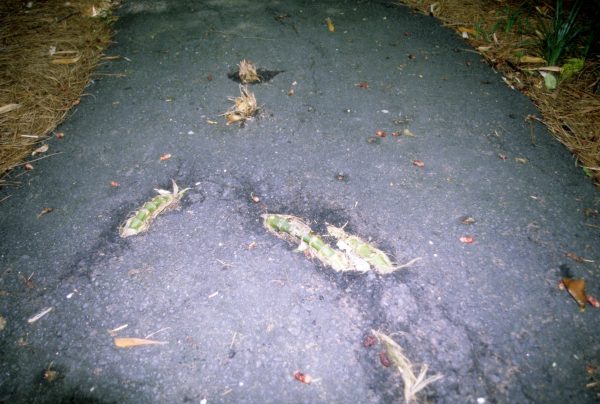Rose – Black Spot Control
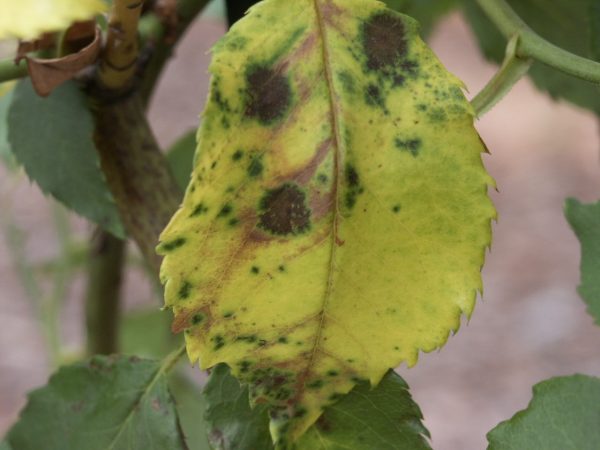
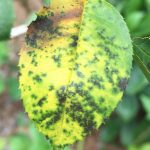
I have never found a rose that was one hundred percent resistant to black spot, the most common rose disease. The tell-tale yellow leaves adorn roses throughout Atlanta to one extent or another. The best way to avoid black spot is to plant disease-resistant roses.
Earth-kind(tm) roses, promoted by Texas A&M University, are reputed to be excellent in this regard. Knock Out roses are quite resistant.
Others include ground-cover rose ‘Sea Foam’; dwarf shrub ‘Marie Daly’; small shrubs ‘Caldwell Pink and ‘Perle d’Or’; medium shrubs ‘Belinda’s Dream’, ‘Else Poulsen’, ‘Katy Road Pink’ and ‘Mutabilis Butterfly’; and climber ‘Climbing Pinkie’. Rose fanciers have discovered that black spot can be controlled on susceptible roses with regular applications of fungicide…but it’s a time-consuming process.
You can get great results by spraying fungicide on the leaves every 7 – 10 days BUT you need to swap chemicals after two applications.
Mancozeb (click for sources), Bonide Infuse (click for sources)
, chlorothalonil (click for sources)
and myclobutanil (click for sources)
are commonly available from local garden centers.
Three of the best rose fungicides are trifloxystrobin (click for sources), thiophanate-methyl (click for sources)
and propiconazole (click for sources)
but they are usually bought through the Internet.
The prices for them are quite hefty!
To further prevent black spot on susceptible roses be sure to replace their mulch every fall and avoid overhead irrigation. Do your research before you buy a rose; don’t make a decision based on how beautiful it looks on the plant tag.


